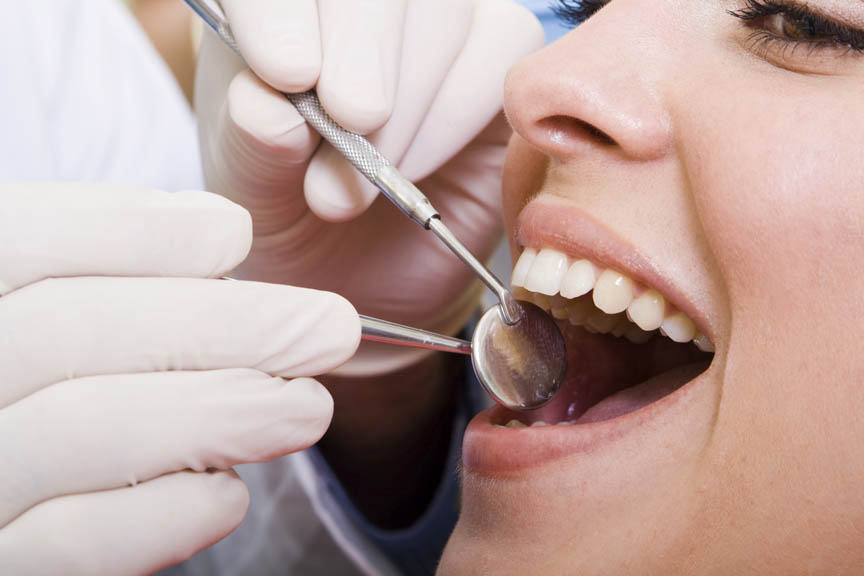 It was after my first year of dental school that I was asked to participate in Crown Council. With a direct question like that, and with a title like Crown Council, I felt like I should have known exactly what Crown Council was. Yet, at that stage of my dental school career, I barely knew how to cement a crown, nevertheless know what this “Crown Council” was.
It was after my first year of dental school that I was asked to participate in Crown Council. With a direct question like that, and with a title like Crown Council, I felt like I should have known exactly what Crown Council was. Yet, at that stage of my dental school career, I barely knew how to cement a crown, nevertheless know what this “Crown Council” was.
The question was posed by Dr. Guy Gross, a successful general dentist in Salina, Kansas, and a great mentor of mine. He went on to explain that Crown Council is an international association of leading dental teams dedicated to seeking out and sharing “best practices” in order to improve the quality of care in every area of dentistry. This organization supports both individual and team growth by directing practices to focus on patient services, clinical care, and practice organization. Dentists and their teams have the opportunity to participate in Crown Council through their membership, an annual conference, and an online membership network. The purpose of the Crown Council is to help dental professionals and the members of their teams build a Culture of Success in their professional and personal lives.
When speaking of Crown Council, Dr. Gross had an energy that made me want to learn more about this organization. His explanation was quite thorough, but he did forget to mention one thing—the membership is by invite only. After receiving that invitation and experiencing Crown Council’s Annual Event, I felt like I had been crowned by The Crown Council itself. It is with the generous donation of Crown Council and Dr. Guy Gross’s clinic, New Horizons Dental Care, that I have been able to attend the last two Crown Council Annual Events.
Through the two Annual Events I attended, it was clear there were a couple themes that really resonated within the conference setting. The first theme was Walk like a 10. Crown Council supports their dental teams in ways that make their individual members feel confident, like a “10”. As teams were entering into the conference ballrooms, there were Crown Council representatives greeting everyone by name. This was absolutely a first for me to see in a conference. The representatives checked in with everyone to see how they could help them grow individually and/or as a part of their team.
The second theme works hand-in-fhand with the first theme: all dental teams were there to support each other’s dental practices. In fact, there were multiple times throughout the annual event designated for dentists to work in groups to exchange ideas and answer questions on how to become better providers and team members. Being able to sit in on these mastermind conversations allowed me to envision how much each participating member’s team would grow with these new ideas.
The third theme that was evident in Crown Council was to support the surrounding community. Crown Council is the home of Smiles for Life, a charity program that provides funding to hundreds of children’s charities around the world. The campaign has raised over $36,000,000 over the past 18 years and is the largest campaign of its type in dentistry. One aspect of this charity, supported by many Crown Council dentists, is “Whiten Your Smile and Help a Child”. This program encourages dentists to offer bleaching procedures to interested patients, with 100% of proceeds go to benefit children. Another activity at last year’s Annual Event was stuffing, dressing, and labeling 700 teddy bears, all of which were donated to Primary’s Children Hospital in Salt Lake City.
So what exactly is Crown Council? I like to think of it as an organization that supports you, your team and your community. Lecturers at the annual events focus on motivation, happiness, and health. Crown Council doesn’t exactly focus on clinical skills, but rather it seeks to improve clinical work by being a better individual within the team setting. For example, one day of Annual Session had speakers talking about marketing, reducing stress, healthy eating, proper posture, finances, and making a culture of success. Additionally, their online network allows teams to watch video series, including Skill of the Week and Mentor of the Month. Following these videos allows teams to become stronger and work better together.
My membership to an organization that supports the growth of my future team and the community is something I hope to maintain for the entirety of my dental career. I encourage all students that are interested in a post-graduate support team to look into Crown Council today. I’d be delighted to help recommend you.
Thank you Crown Council and New Horizons Dental Care for an amazing opportunity!




 At some point, you might have heard the saying, “It’s not who you know, but what you know.” This advice typically refers to networking with others in an effort to learn from professionals in your industry, exchange useful ideas, and perhaps find your dream job.
At some point, you might have heard the saying, “It’s not who you know, but what you know.” This advice typically refers to networking with others in an effort to learn from professionals in your industry, exchange useful ideas, and perhaps find your dream job.










